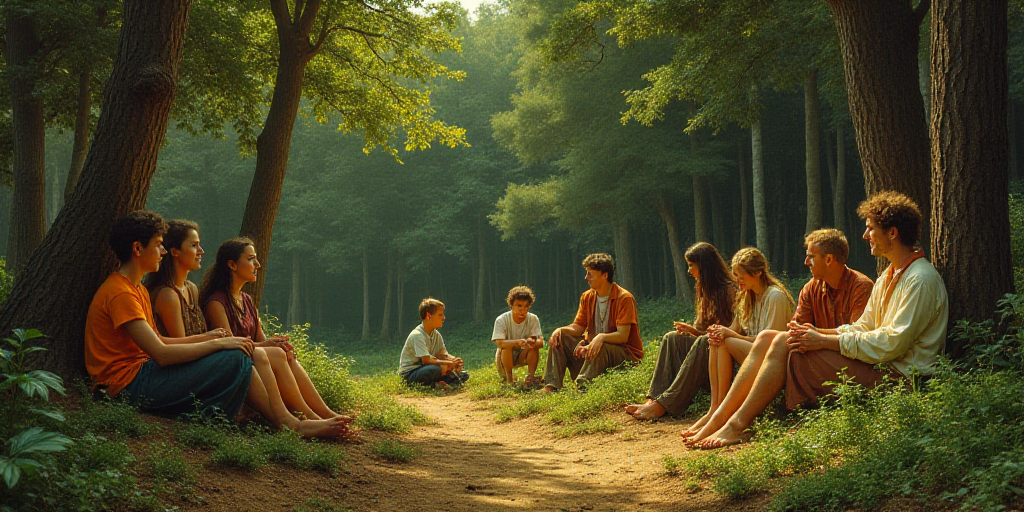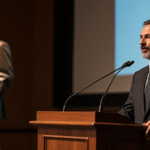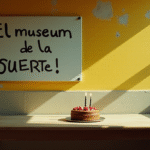Introduction
Mexico has taken a significant step towards sustainability with the launch of its first regenerative community project, a model that aims to transcend traditional sustainability and reimagine a harmonious way of life with the environment, cultural roots, and economic development at the local level. This initiative, led by international consultant Carlos Dehesa and supported by UN-Habitat, begins in José María Morelos, Quintana Roo.
About Carlos Dehesa
Carlos Dehesa, a native of Chetumal, identifies José María Morelos as a region with cultural and environmental potential. He states, “José María Morelos was chosen not for what it lacks but for its rich culture, biodiversity, youth, and untapped social capital.”
Four Pillars of Regenerative Community
The regenerative community vision extends beyond sustainable development. It focuses on regenerating the economic, social, and environmental fabric of the country from rural areas, positioning Mexico as an innovator with a unique identity and community face.
- Ecological Resilience: Building the community’s ability to withstand and recover from environmental challenges.
- Cultural Identity: Preserving and celebrating the region’s cultural heritage.
- Circular Economy: Promoting sustainable resource use and waste reduction.
- Citizen Participation: Encouraging active community involvement in decision-making processes.
This model differs from extractive or paternalistic approaches by activating a community’s hidden resources through socioterritorial mapping, participatory design, and local governance.
Collaborations
- UN-Habitat: Provides territorial planning methodologies, impact assessment indicators, and sustainable urban design tools adapted to rural settings.
- Intercultural Maya University: Collaborates to ensure cultural preservation and educational support.
- Local Actors: Including Mayor Erik Borges Yam and local youth driving circular entrepreneurship, leadership training, and ecological literacy.
Economic Focus
The model aligns with the International Labour Organization’s (ILO) projection of creating up to one million green jobs in Mexico by 2030 through local transition policies. In rural contexts, this translates to real opportunities in areas like bioconstruction, regenerative agriculture, responsible tourism, and clean technologies.
Tourism is a key pillar of the project, avoiding past mistakes like those in Tulum. The proposal emphasizes circular economy, traceability of impact, and community governance.
Scalability and Global Impact
This model is not a one-size-fits-all solution but an adaptable methodology prepared for replication in states like Puebla, Hidalgo, Chiapas, and Tlaxcala. Dehesa emphasizes, “The key is deep listening. Each community has a unique face of regeneration.”
The project’s impact will be global, as Dehesa leads Mexico’s pavilion at COP30 and produces the documentary “Cities That Speak,” showcasing this model as part of a new Mexican narrative on climate change.
Key Questions and Answers
- What is a regenerative community? A model that aims to rebuild the economic, social, and environmental fabric of a country from rural areas, focusing on ecological resilience, cultural identity, circular economy, and citizen participation.
- Who is leading this project? Carlos Dehesa, an international consultant from Chetumal, Mexico.
- What are the key collaborators? UN-Habitat, Intercultural Maya University, local actors like Mayor Erik Borges Yam, and local youth driving circular entrepreneurship.
- How many green jobs are projected? Up to one million by 2030, according to the International Labour Organization (ILO).
- Where is this model being implemented first? José María Morelos, Quintana Roo, with plans to replicate it in other Mexican states.






